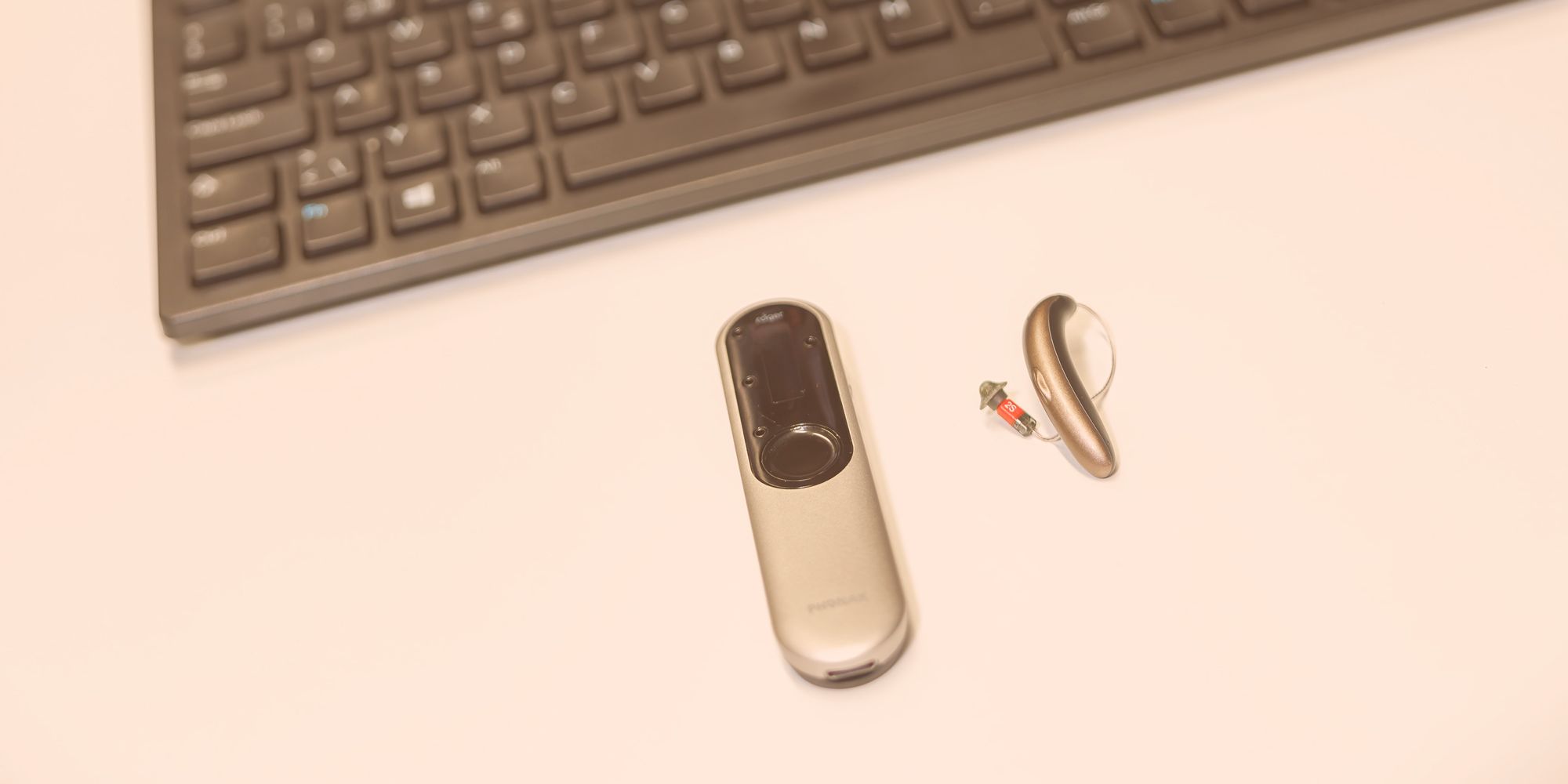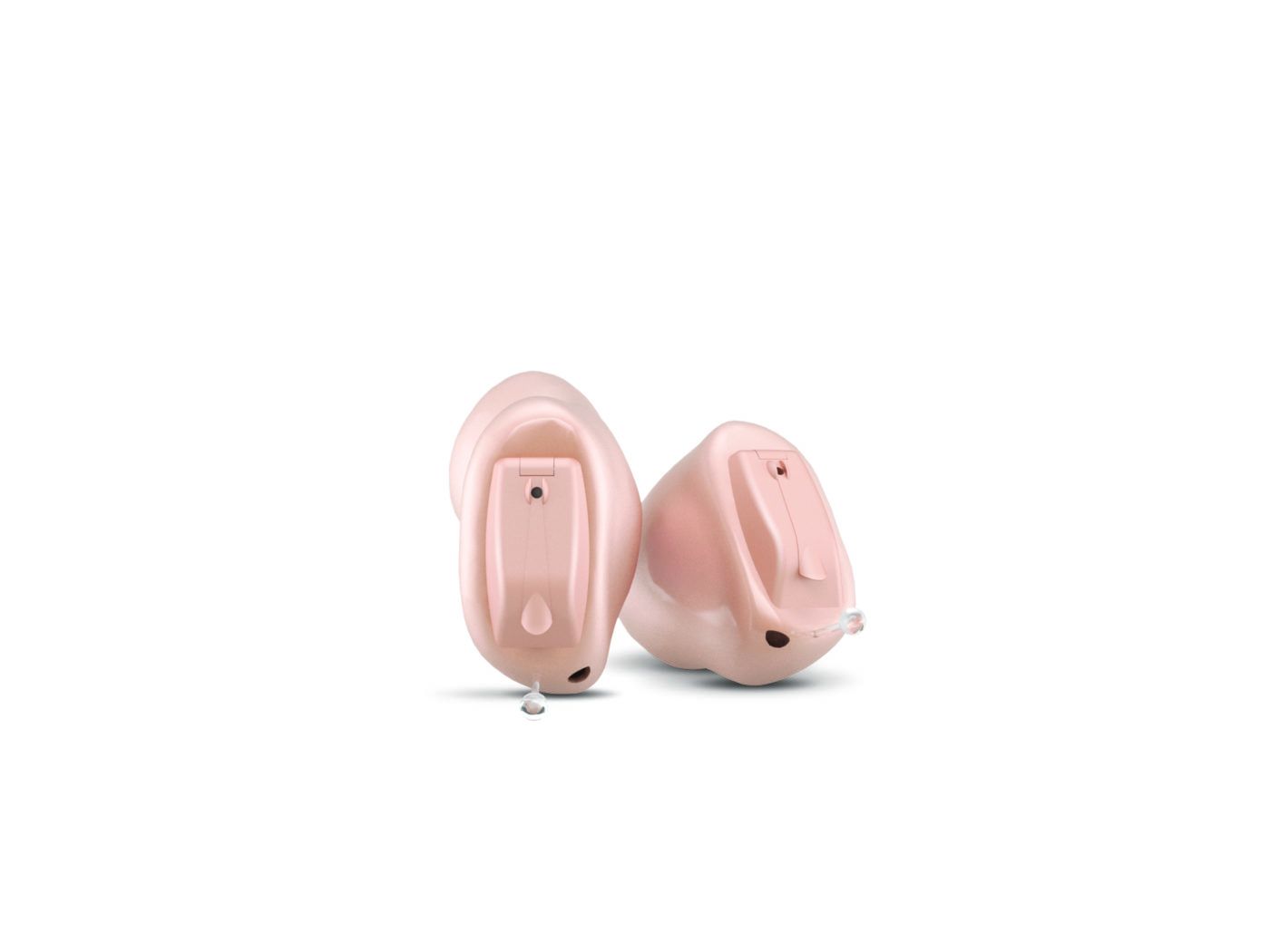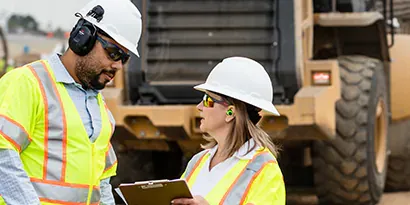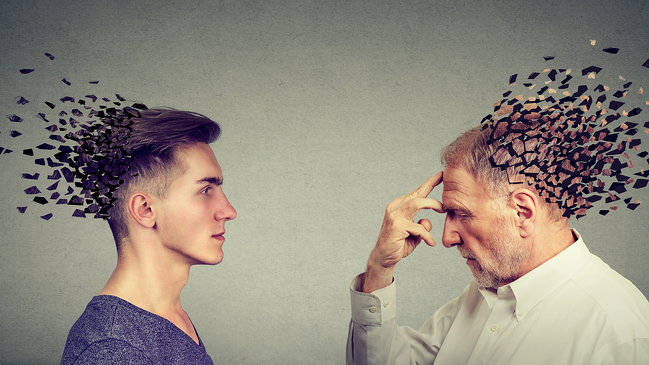Need help hearing in 2025? Here’s what you need to know.
If you live in Southlake, Westlake, Roanoke, Trophy Lake, Keller, Grapevine, or Colleyville, you are just a few minutes away from the Best Audiologist of 2025, according to 76092 Magazine. In order to better understand what help she can give you, we need to know how you hear! Here are some things you can expect when you schedule a hearing test with us.
Meeting the Audiologist. When you first meet with Dr. Wainhouse, she will bring you to her office and get to know you and your hearing better. Don’t forget to bring your coffee and stroopwafel with you!
Hearing tests. After Dr. Wainhouse has had a chance to connect with you, she has a battery of tests which can help her determine what’s going on with your hearing. You’ll get to see the inside of your ear on a screen and get a little pressure test to see how your eardrum is moving. If you’ve been hiding anything in there, she will find it! Then you’ll head into the booth for a more advanced version of that test you remember from school, where you raise your hand for the beeps. Dr. Wainhouse will guide you through everything and go over all the results right after.
What if I have hearing loss? If we find that you have hearing loss, we have good news! There are hearing aids available to help you! We work with several of the big manufacturers and can get a product that will work for your specific hearing ability. Depending on your needs, there are devices that sit invisibly right behind your ear or devices that can go inside your ear. Not every hearing loss can be served by the same kind of hearing aid, but technology has gotten pretty amazing these days and you’d be surprised to find that hearing aids today do not look like your parents or grandparents devices used to.
Top Hearing Aids of 2025. With so many brands out there with so many price points, it can be overwhelming to start this journey. Luckily, Dr. Wainhouse has extensive training in fitting hearing aids for specific needs and works with several of the most innovative hearing aid brands available. Here are some of the most exciting technology available now from these brands.
Phonak Infinio Sphere
Phonak boasts impressive innovations in speech-in-noise technology with their newest model of hearing aid, the Infinio Sphere. This device has a dedicated AI chip which adapts to sounds in your environment in real time and can deal with even the toughest of noisy situations. They’re even rechargeable and work with your phone! Learn more here.
Phonak Infinio Virto
Phonak also makes a custom product which is one that is molded to your ear and fits inside the ear canal. If this option is right for you, much of the same advanced technology available in the over-the-ear models are available in these custom models. These are also rechargeable and work with your phone! Learn more here.
Starkey Edge AI
Starkey uses deep neural networks to process sounds in every environment you could think of and deal with noise with great efficiency. They also are well-known for their long battery life, water resistance, and extra health features like step counters and fall detection. These devices are rechargeable and work with your phone. Learn more here.
Starkey Signature Series
The custom molded products that Starkey makes are top of the line in terms of fit and connectivity. These devices are sleek, battery efficient, can connect to your phone, and were the first rechargeable custom devices on the market. Learn more here.
Oticon Intent
Oticon prides themselves on the naturalness of sound they achieve in their products. The Intent excels at spatial detection and has advanced processing to distinguish what you want to listen to from what you don’t want to listen to. These devices are rechargeable and work with your phone. Learn more here.











